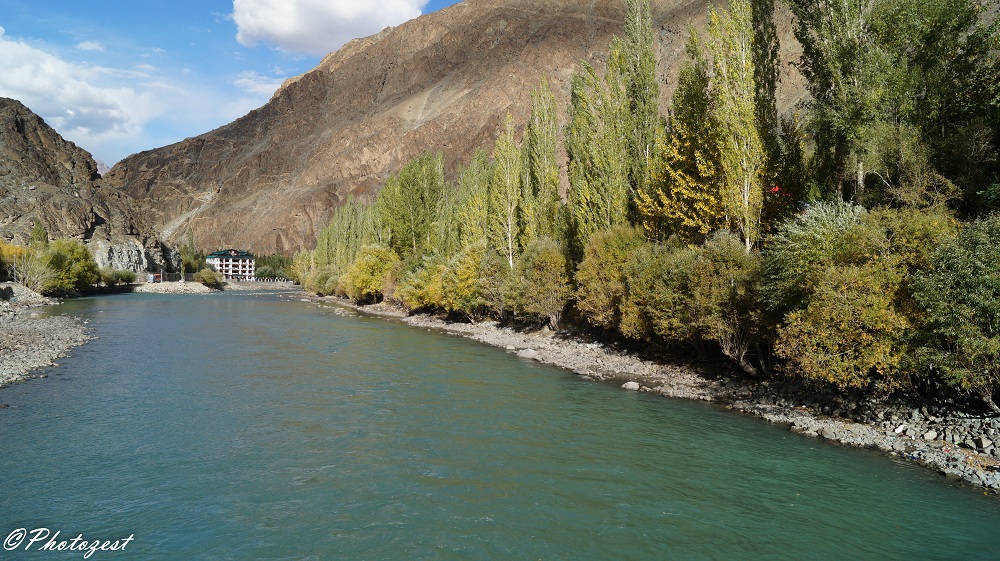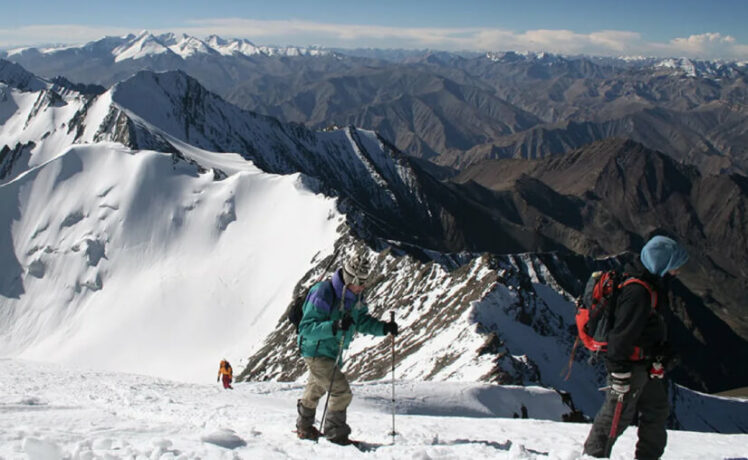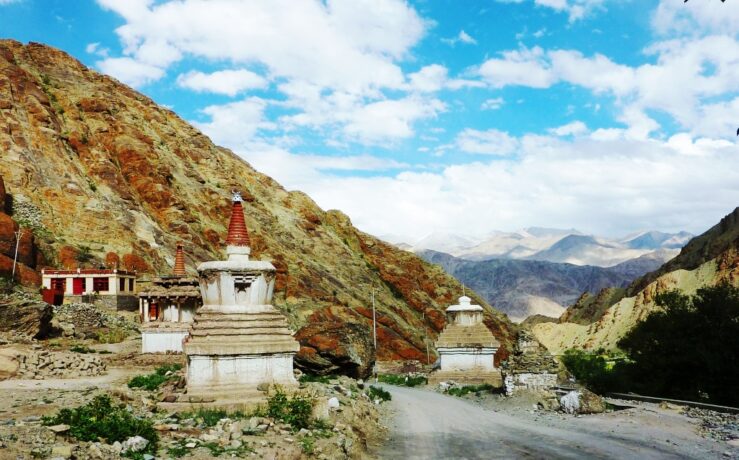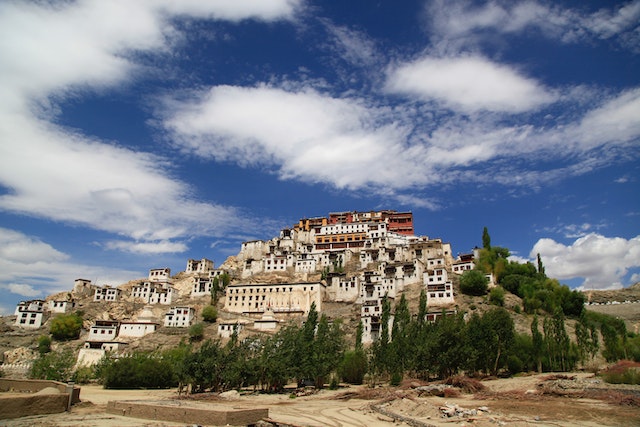
The Suru River is a 185-kilometer-long river that originates from the Panzella glacier near the Drang Drung Glacier and flows largely through the Kargil district of Ladakh, India. The Suru Valley is coextensive with the Kargil tehsil, with the town of Kargil situated on its banks. The river enters the Kharmang District of Pakistani-administered Gilgit-Baltistan, coursing a brief length before joining the Indus near Marol 。
The Suru River flows westwards, along with the Kargil-Zanaskar Road, from its source and forms the Suru valley, which is towered by the massif of Nun Kun mountain. It drains the Nun Kun mountain massif of the Zanskar Range in the Suru valley, and is joined by a tributary “Shafat Nala” at the pastures of Gulmatango. This stream originates from the Shafat Glacier. The Suru River then flows northwards through a deep, narrow gorge to Kargil town, where it is fed by the Botkul River which originates from the glacier of the same name. The Dras River, fed by the Shingo River, joins the Suru River at Hardas (also called Kharal), 7 kilometers north of Kargil town. The Suru River then enters the Pakistani Administered Kashmir 5 kilometers ahead from the point of merger of Dras and Suru rivers through Post 43 and Post 44 of India and Pakistan respectively and merges with the Indus River near Marol
The Suru River basin is a beautiful place to visit, with clear water and many beautiful villages and ancient temples along the banks. Visitors can enjoy the magnificent views of the Karakoram and Himalayan mountains and visit local cultural heritage sites such as the Ladakh Palace and the Shey Monastery .
If you are planning a trip to the Suru River, here are some tips:
Best time to visit: June to September is the best time to visit the Suru River. The weather is mild, the water is clear, and the scenery is pleasant.
Transportation: The route from Delhi or Srinagar to Ladakh is one of India’s most beautiful roads, but due to poor road conditions, it is recommended to fly or take a train to Ladakh and then take a taxi or bus to the Suru River.
Accommodation: There are many hotels and guesthouses around the Suru River, with moderate prices and complete facilities to meet the needs of different tourists.
Activities: In the Suru River, tourists can participate in activities such as hiking, camping, kayaking, and rafting, as well as visit local cultural heritage sites such as the Ladakh Palace and the Shey Monastery.


